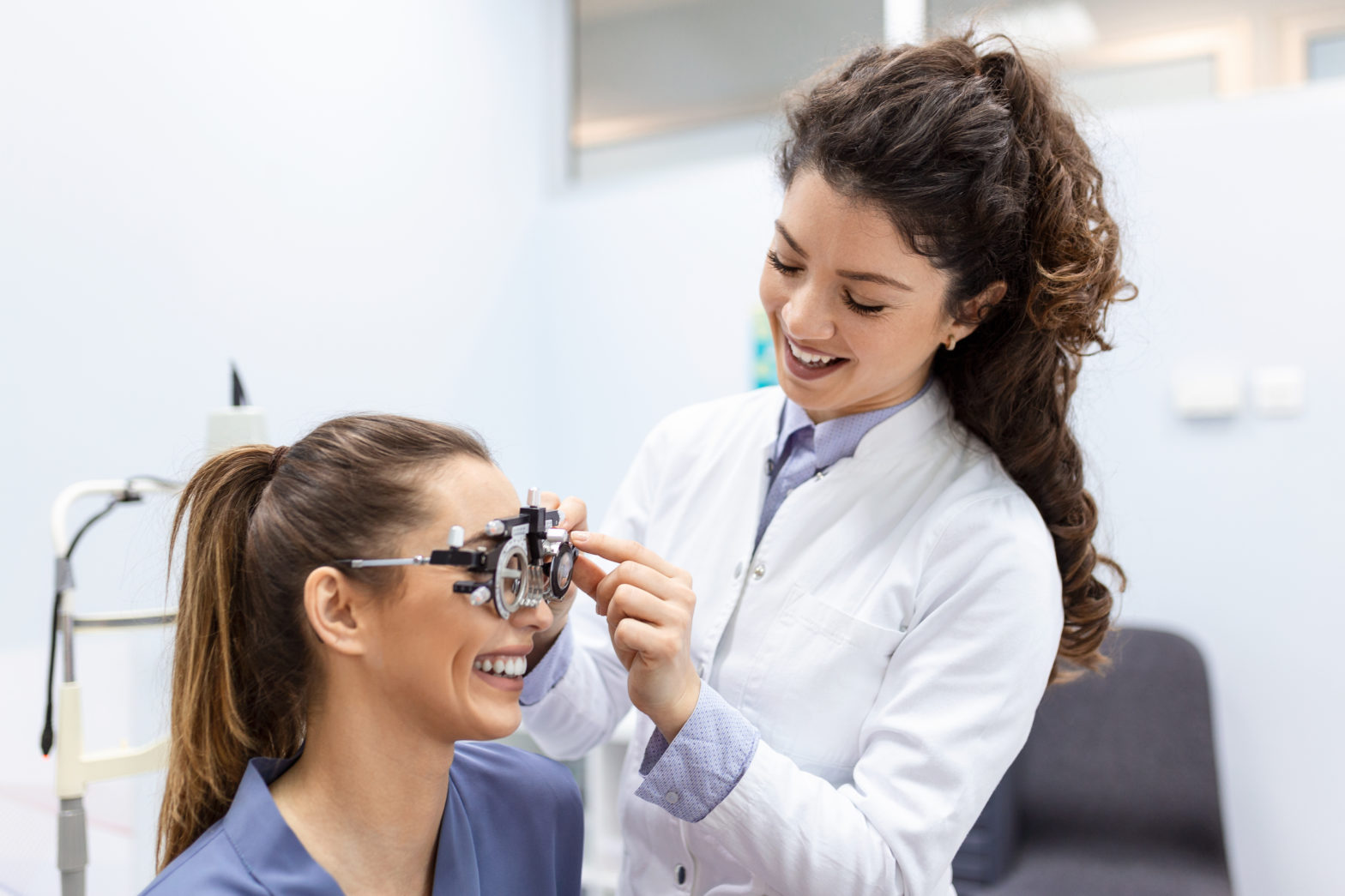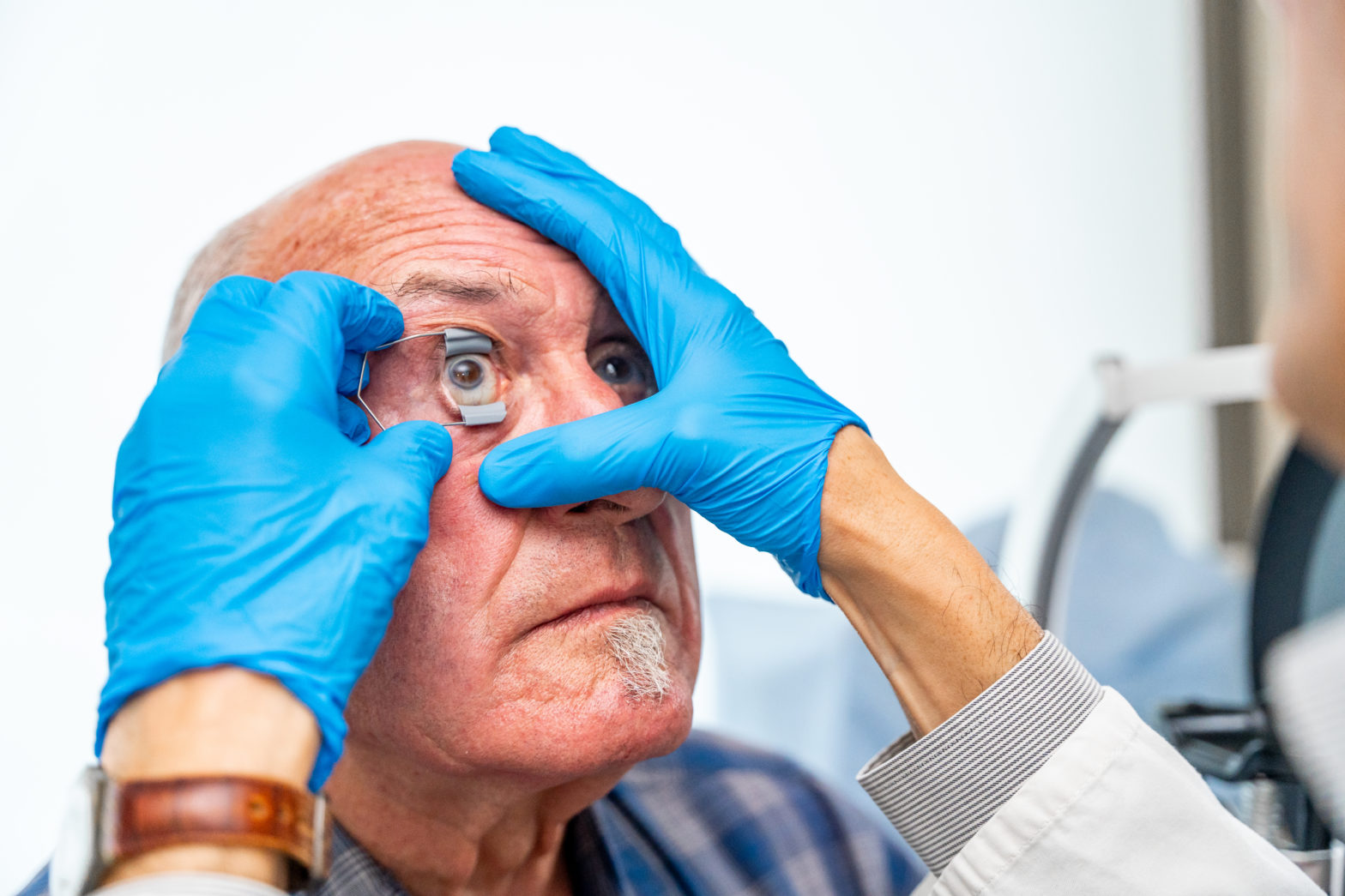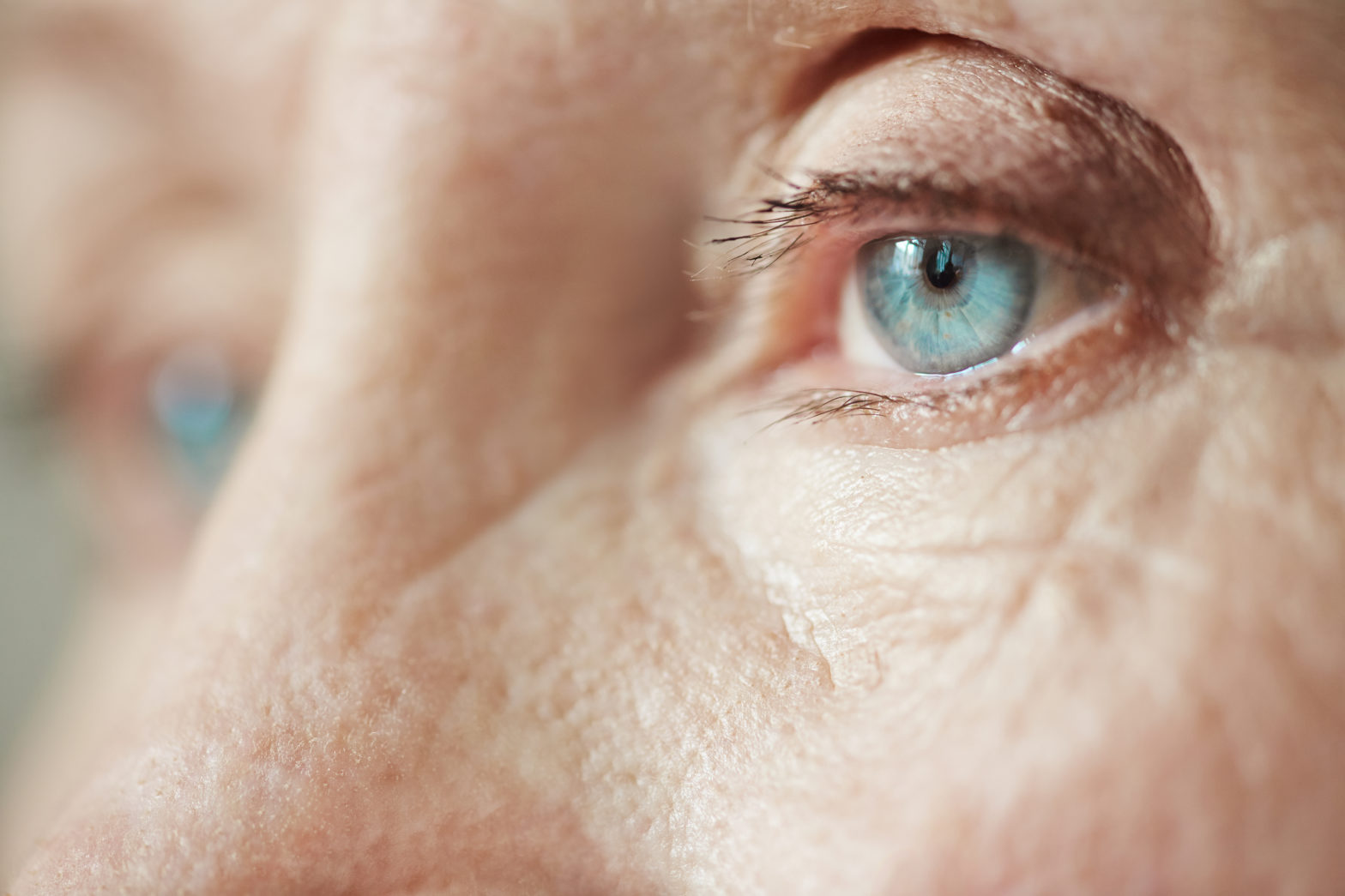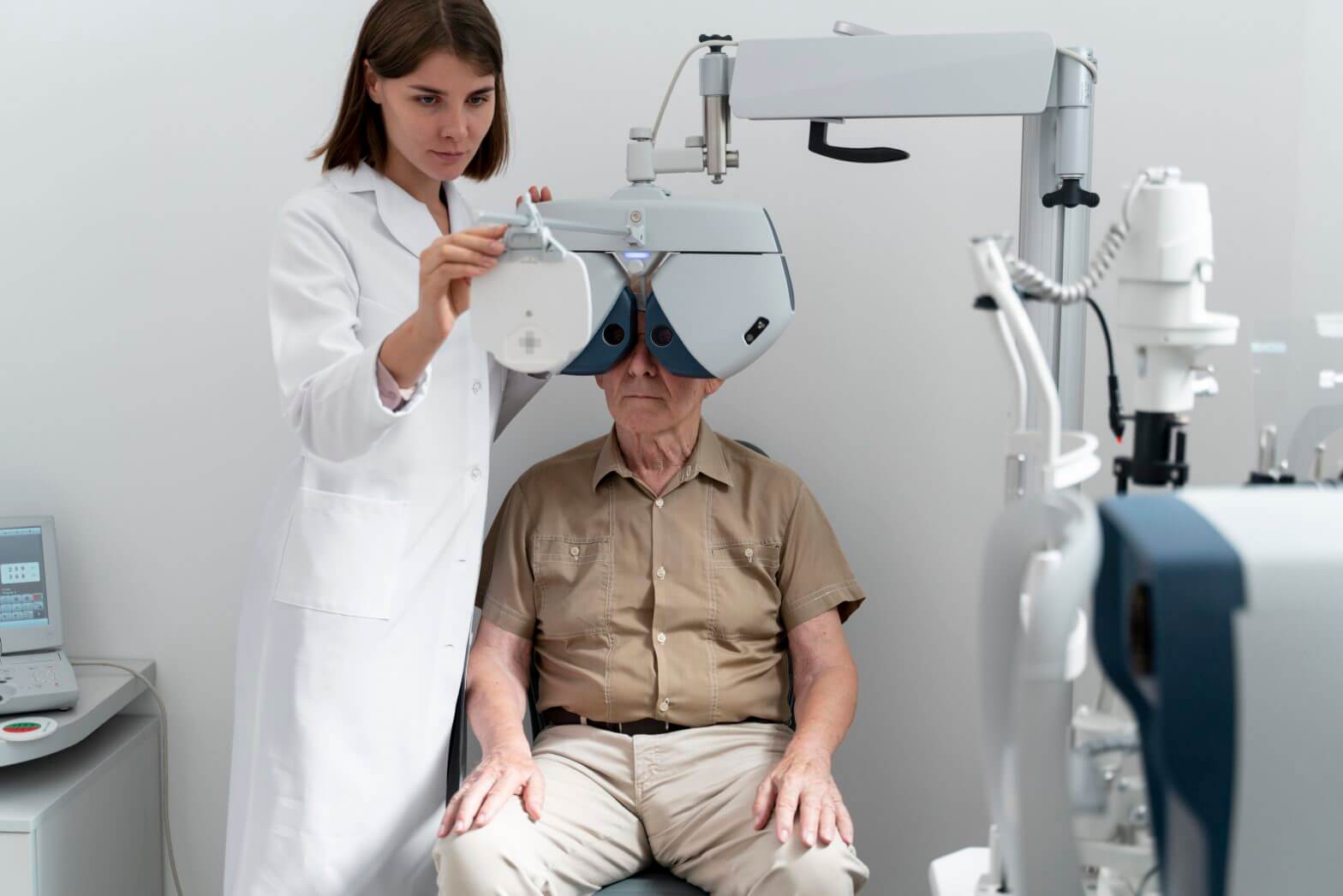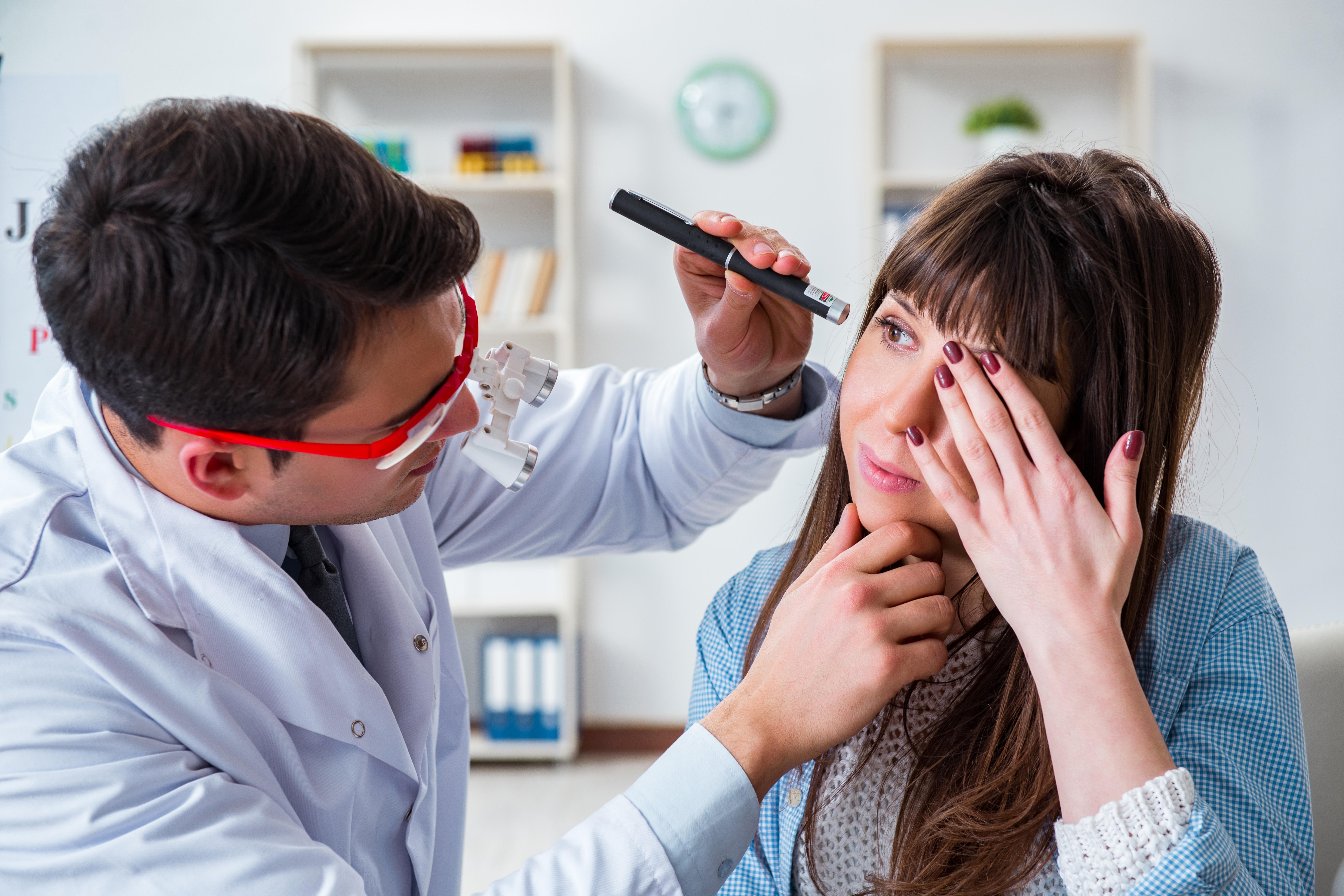Glaucoma is a serious eye condition that can lead to vision loss if left untreated. Often referred to as the “silent thief of sight,” glaucoma typically progresses slowly and without noticeable symptoms in its early stages. As a result, it’s crucial to recognize the signs and seek timely medical attention to prevent irreversible damage to your vision. Here are some key points to help you identify the early signs of glaucoma:
What are the First Signs of Glaucoma?
1. Increased Intraocular Pressure (IOP)
- Glaucoma often develops due to increased pressure within the eye, known as intraocular pressure (IOP).
- Elevated IOP is a significant risk factor for the development and progression of glaucoma.
- However, it’s important to note that not everyone with high IOP will develop glaucoma, and some individuals with normal IOP may still develop the condition.
2. Optic Nerve Damage
- Glaucoma damages the optic nerve, which is responsible for transmitting visual information from the eye to the brain.
- Early signs of glaucoma may involve subtle changes in the appearance of the optic nerve during a comprehensive eye examination.
- Optic nerve damage caused by glaucoma can lead to peripheral vision loss initially, progressing to central vision loss in advanced stages.
3. Visual Field Loss
- One of the primary indicators of glaucoma is the loss of peripheral vision.
- Initially, the visual field loss may be subtle and go unnoticed by the individual.
- As glaucoma progresses, the visual field loss may become more pronounced and affect activities such as driving and navigating obstacles.
4. Halos and Blurred Vision
- Some individuals with glaucoma may experience halos around lights and blurred vision, especially in low-light conditions.
- These symptoms can be indicative of advanced stages of glaucoma and may warrant immediate medical attention.
5. Changes in Eye Health
- Regular eye examinations are essential for detecting early signs of glaucoma.
- Changes in eye health, such as thinning of the cornea or abnormal drainage angles, may indicate an increased risk of developing glaucoma.
What are the Risk Factors?
- Certain risk factors increase the likelihood of developing glaucoma, including age (especially over 60), family history of glaucoma, African or Hispanic ancestry, and certain medical conditions like diabetes and hypertension.
- Individuals with a history of eye injuries or prolonged use of corticosteroid medications may also be at higher risk.
Regular Eye Examinations
- The most effective way to detect glaucoma in its early stages is through regular comprehensive eye examinations.
- Eye exams typically include tests to measure intraocular pressure, assess optic nerve health, evaluate visual field, and examine the overall health of the eye.
What are the Treatment and Management for Glaucoma?
- While there is no cure for glaucoma, early detection and treatment can help slow the progression of the disease and preserve vision.
- Treatment options may include prescription eye drops, oral medications, laser therapy, or surgical interventions, depending on the severity and type of glaucoma.
Hence, recognising the early signs of glaucoma is crucial for preserving vision and preventing irreversible damage. By understanding the risk factors, scheduling regular eye examinations, and seeking prompt medical attention if any symptoms arise, individuals can take proactive steps to safeguard their eye health and maintain optimal vision for years to come. Do not ignore your eye trouble. Now, you can reach out to our ophthalmologists at Dr Agarwals Eye Hospital for all kinds of eye issues. Call Us 9594924026 | 080-48193411 to book your appointment now.
